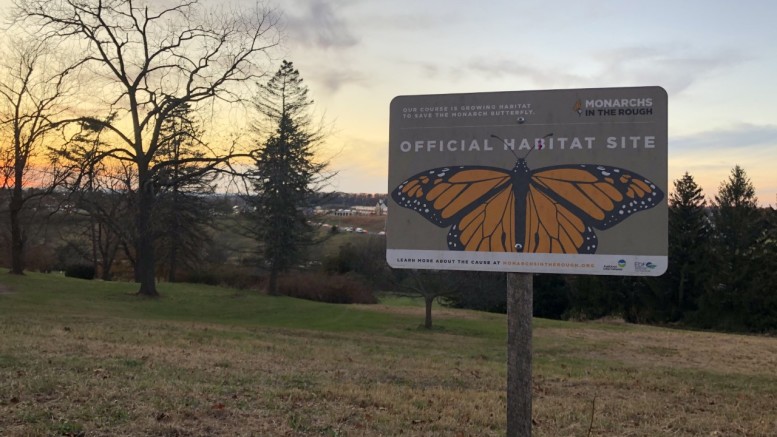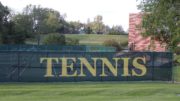If you asked me a year ago what I thought McDaniel was doing to secure a sustainable future, I would have given you a simple answer: nothing much. All I saw were the lack of recycling bins, the mountains of food waste in Englar Dining Hall, and the dozens of paper cups from Glar that were left scattered around campus. I thought that McDaniel didn’t really care about the environment. To a certain extent, I was wrong.
Since the Climate Action Plan was put into place in 2009, McDaniel has lowered its electrical usage by 16.9 percent, gas usage by one percent, and water usage by 48.2 percent. McDaniel has reduced its environmental impact by over five million tons of greenhouse gases.
A lot goes on behind the scenes, especially by the grounds department, and as students, we don’t always hear about it.
One of McDaniel’s most overlooked steps towards becoming a “greener terror” is the monarch butterfly habitat that was created just this year. A portion of the golf course that was unkempt and unused became a flourishing habitat for the butterflies when milkweed seeds and native tall grasses were planted there.
Other spaces around the golf course are also a major area of focus. By introducing “naturalized areas” on unused sections of the golf course and other parts of campus, the grounds department has reduced mowing, gas, and manpower by 20 percent. By not mowing certain areas, or only mowing once a year, this has created a habitat for birds and wildlife.
Every year, the grounds department composts 30 tons of leaves and 50 yards of mulch, which would have otherwise gone to waste. Three years since the start of the program, that compost is now available and ready to use. Some of it was even used during the garden clean out last month.
Aside from grounds, other parts of campus have begun thinking greener, too. Housekeeping uses a Hydris cleaning system, which operates on water, a mineral activator tablet containing salt, and electricity to clean everything from glass to floors in a way that is ecofriendly yet safe. And the latest paper saving initiative will save hundreds of sheets of paper by limiting printer usage and converting all pages printed in Hoover Library to be double-sided. Sustainability can be seen in most aspects of campus life.
The College is encouraging students to get more involved, too. The Green Terror Revolving Fund offers monetary aid to any student with a plan for energy savings, regardless of major or department. Last year, one of the successful projects proposed by students involved implementing LED lighting and motion censors to interior and exterior lights in North Village, saving hundreds of dollars monthly.
Although McDaniel is trying, there is still a very long way to go. One of the best and easiest ways that McDaniel students individually can lower their ecological footprints is by implementing more education and awareness revolving around recycling and energy conservation into their daily lives. A lot of students don’t realize that if even one piece of trash is thrown in with a batch of recyclable goods, the entire bag will get thrown away.
Above all, McDaniel should look at sustainable practices in terms of what is best for everyone, not just what makes the most business sense. Keeping the planet happy and healthy should be the top priority, and even a small school like McDaniel College can assist with that mission.





